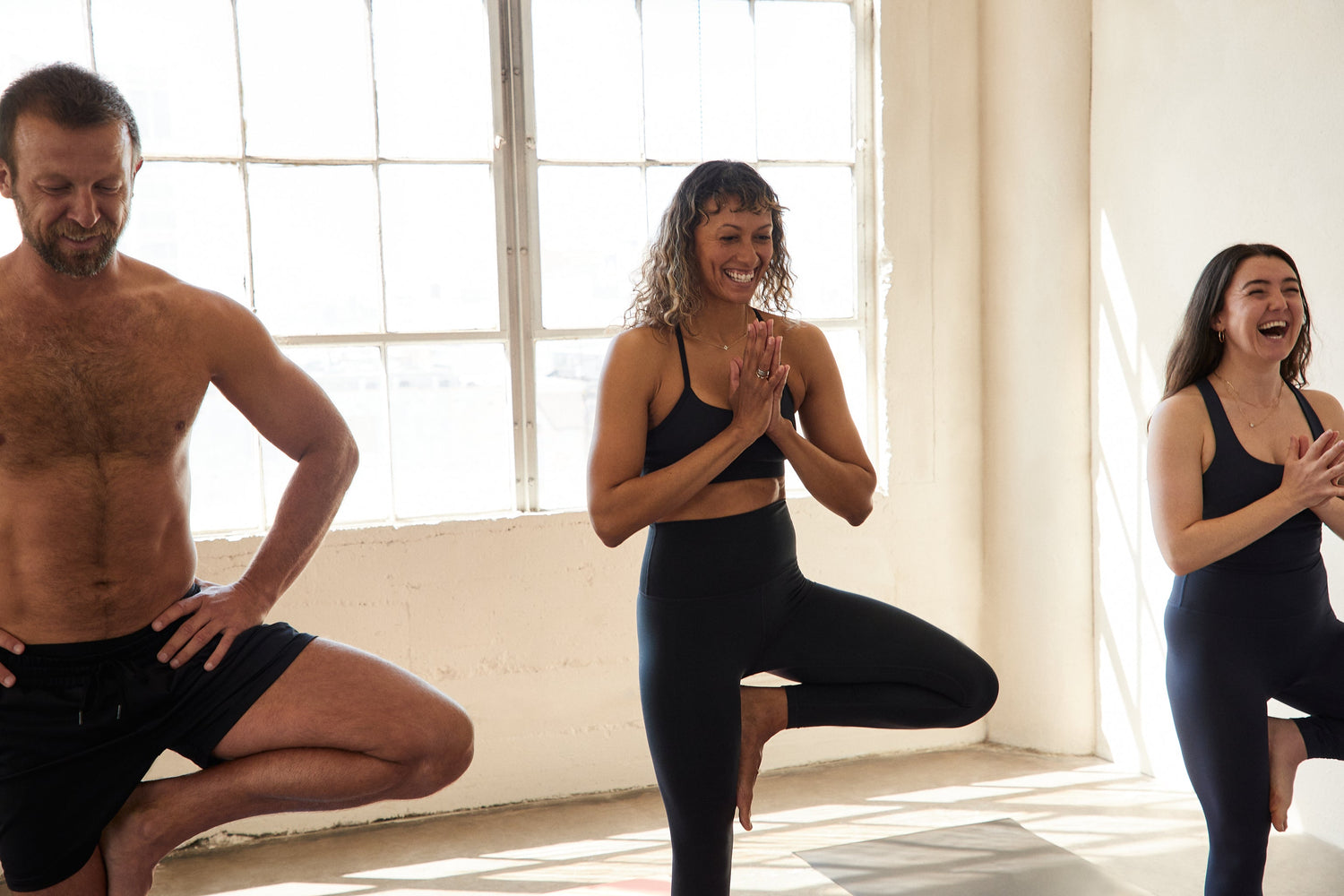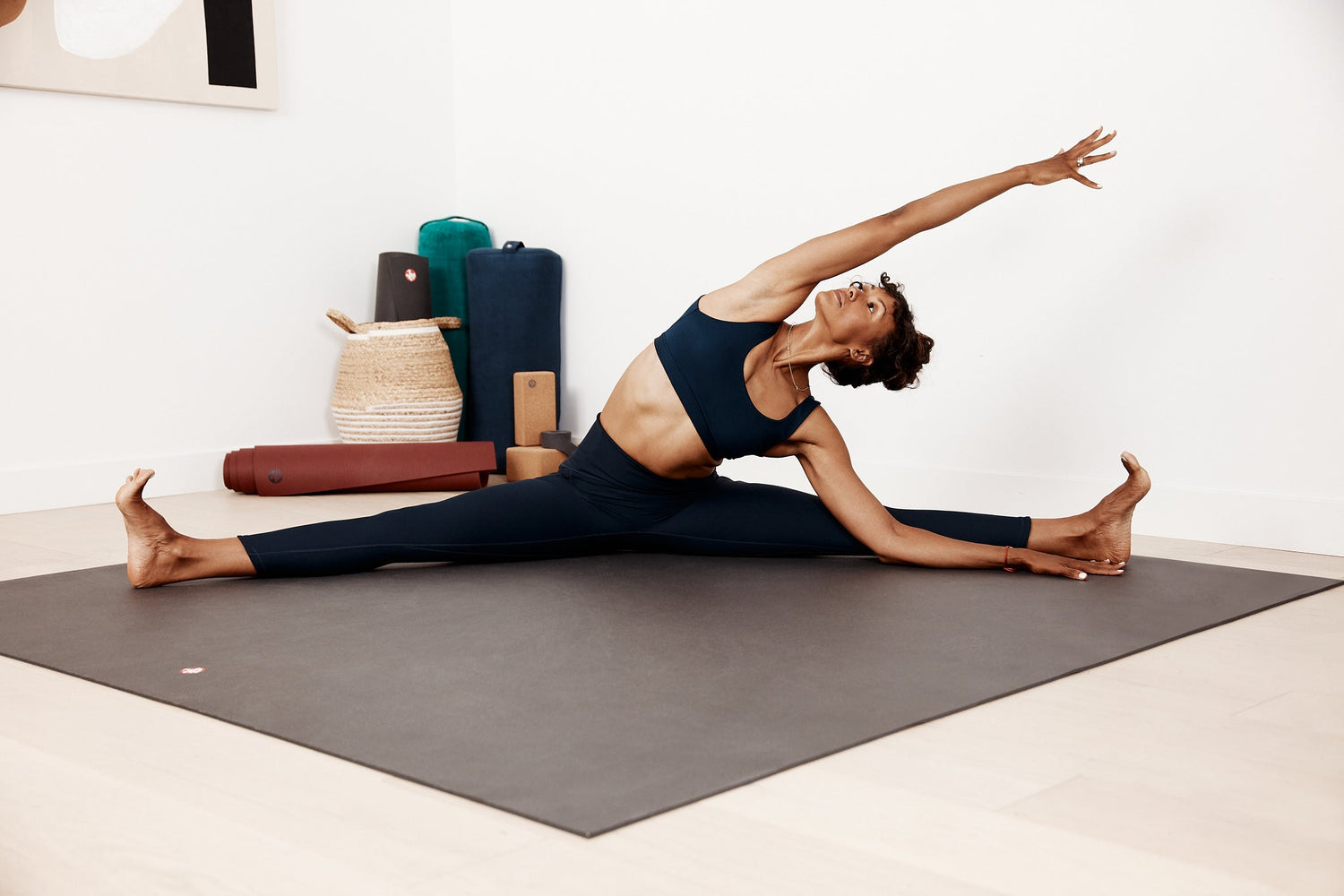Mental Health Awareness
In 1949, Mental Health America established May as Mental Health Month in order to bring awareness to mental health, advocate for support, and reduce the stigma surrounding treatment. Mental Health is a broad and complex subject, with many contributing factors. If you feel that you may benefit from mental health resources, click here to access those provided by Mental Health America. You are not alone.
There is not one single path toward mental wellness, but we are glad that yoga is part of yours. Although yoga alone is not a comprehensive wellness program, yogic techniques like meditation, breath, mindfulness, and movement can contribute toward a greater sense of overall health and well-being. Explore a favorite breath practice intended to anchor an unsteady mind and build solace throughout your day.
About Breath and the Brain
Brain Lateralization, or “split brain concept,” means that the brain is divided into two cerebral hemispheres. The left hemisphere is more important for controlling the right hand, using spoken and written language, numerical and scientific skills, and reasoning. The right hemisphere is more important for controlling the left hand, musical and artistic awareness, space-pattern perception, and imagination.
At any given moment, as an inhabitant of a human body, you will experience “nostril dominance,” meaning one nostril is more open than the other. A healthy cycle alternates which nostril is dominant every 2-3 hours. This naturally occurring nasal cycle informs which hemisphere of your brain is more dominant.
Practicing alternate nostril breath supports the nasal cycle, balancing the sympathetic and para-sympathetic nervous systems while building the connection between brain hemispheres. Studies have indicated that 15-minute daily practices of alternative nostril breathing indicate positive benefits including improved cardiovascular and respiratory functions, decreased reports of anxiety compared to the control group, and increased cognitive function. For more information on the benefits of alternate nostril breathing, start listening to Home Practice with Halle at minute 5:24).
How to Practice Alternate Nostril Breath
- Find a comfortable and upright seated position. If you choose to sit on the floor, elevate your hips with a bolster to create length in your spine. If you choose to sit on a chair, place a bolster beneath your feet in order to soften your hip flexors.
- Rest your left palm comfortably on your thighs. Place your right thumb against the outer ridge of the right nostril, closing the nostril. Empty the air out through your left nostril.
- Inhale through your left nostril (aim for four counts in). Close your left nostril with your ring finger. Releasing your thumb, open and exhale the air through the right nostril (aim for eight counts out).
- With the left nostril still closed, inhale through the right nostril (four counts in). Now, close the right nostril with your thumb and release your ring finger from the left nostril, exhaling completely through the left nostril (eight counts out). This is one full cycle.
- Repeat for five cycles, gradually increasing the duration of practice over time as you become more comfortable. Resist the urge to force or strain.
- After you've completed the last exhale through your left nostril, release your right hand to rest down on your thigh. Breathe in and out through both nostrils as you sit tall and observe the energetic effects of your practice.
Want to be guided through? Set aside time for a free, 30-minute audio-guided breath practice including techniques like observation of the breath, unequal parts breath, and alternate nostril breath. Your mind is important and worthy of investment-- we are grateful to support you on your continued mental health journey.
Content, Model, and Guided Practice: Halle Miroglotta, @halleyoga
Photography: Veronica Billedo @bigbowlofmysterysoup








